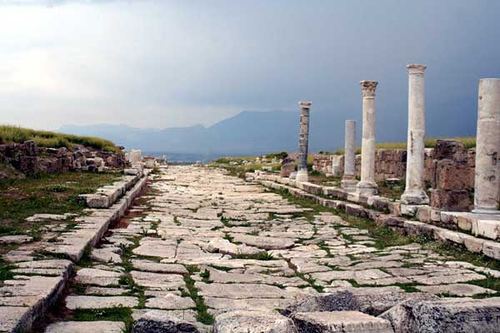 | ||
Laodicean church by leonard ravenhill
The Laodicean Church was a Christian community established in the ancient city of Laodicea (on the river Lycus, in the Roman province of Asia, and one of the early centers of Christianity). The church was established in the Apostolic Age, the earliest period of Christianity, and is probably best known for being one of the Seven churches of Asia addressed by name in the Book of Revelation (Rev. 3.14-22).
Contents
- Laodicean church by leonard ravenhill
- Traits of the laodicean church pastor charles lawson
- The Laodicean Church in the Revelation of John Revelation 31422
- I wish that you were cold or hot Revelation 31516
- Poor blind and naked 31718
- Behold I stand 320
- Later Christian Laodicea
- References
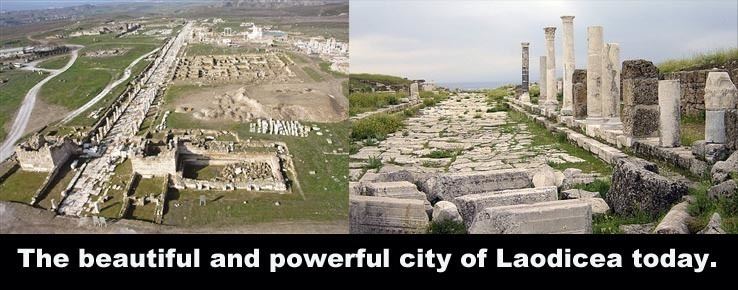
Traits of the laodicean church pastor charles lawson
The Laodicean Church in the Revelation of John (Revelation 3:14–22)
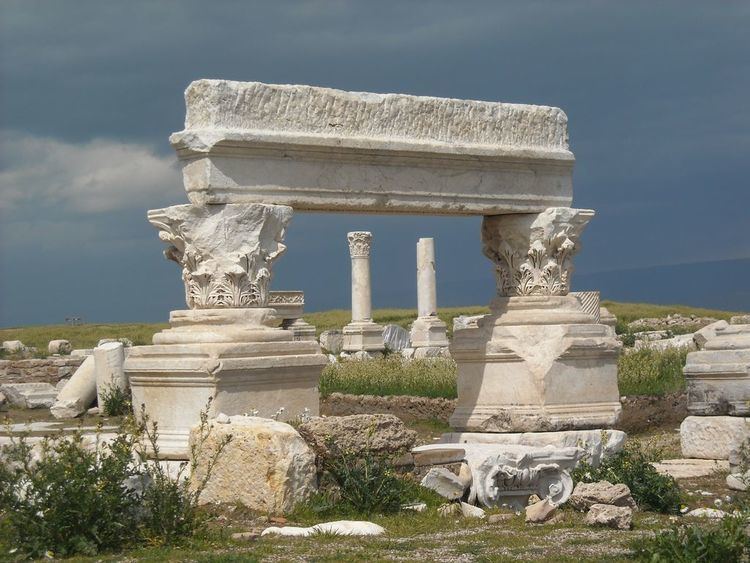
In John's vision, recorded in the book of Book of Revelation, Christ instructs John to write a message to the seven churches of Asia Minor. The message to Laodicea is one of judgement with a call to repentance. The oracle contains a number of metaphors.
"I wish that you were cold or hot" (Revelation 3:15–16)
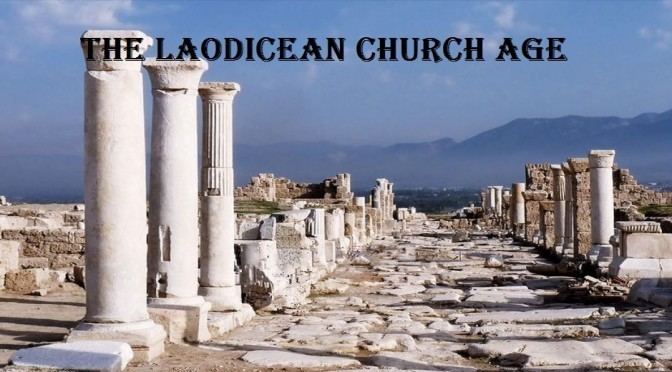
"I know thy works, that thou art neither cold nor hot: I would thou wert cold or hot. So then because thou art lukewarm, and neither cold nor hot, I will spue thee out of my mouth." (KJV).
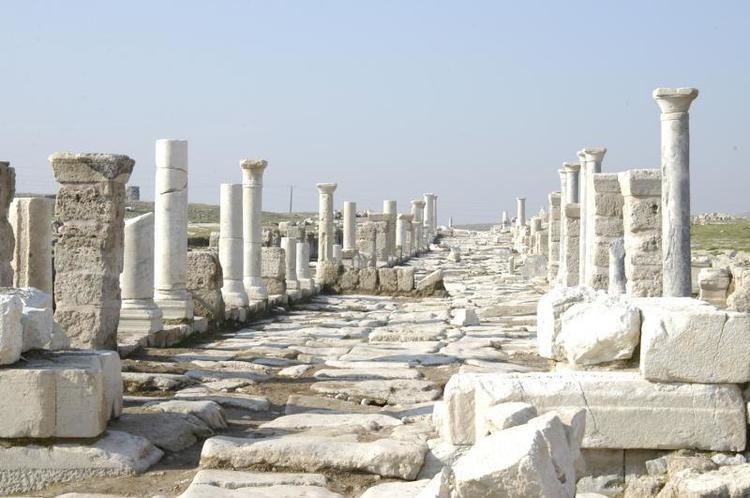
The traditional view has been that the Laodiceans were being criticized for their neutrality or lack of zeal (hence "lukewarm"). One problem with this is that Christ’s desire that they be either “cold or hot” implies that both extremes are positive. The traditional view saw “cold” as a negative, the idea apparently being that Jesus either wants the readers to be either zealous (“hot”) for him or completely uncommitted (“cold”), but not middle-of-the-road. An uncommitted stance was thought to pollute the pure representation of the faith and create misconceptions about the church and its ideals.
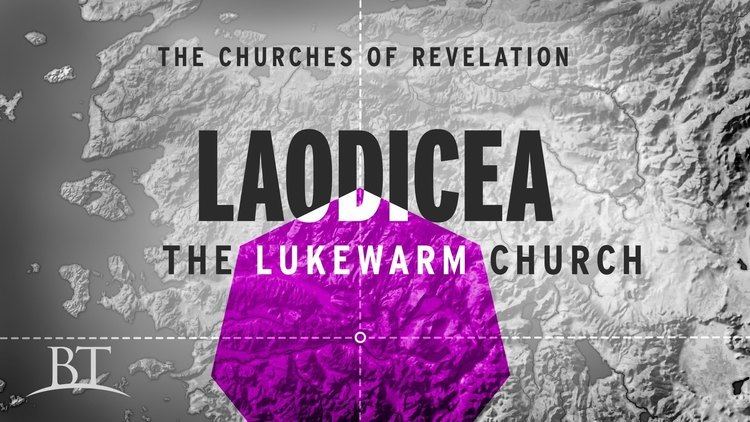
However, a more recent interpretation has suggested that this metaphor has been drawn from the water supply of the city, which was lukewarm, in contrast to the hot springs at nearby Hierapolis and the cold, pure waters of Colossae. The archaeology shows Laodicea had an aqueduct that probably carried water from hot mineral springs some five miles south, which would have become tepid before entering the city (see main Laodicea article). The imagery of the Laodicean aqueduct suggests not that "hot" is good and "cold" is bad, but that both hot and cold water are useful, whereas lukewarm water is emetic.
"Poor, blind, and naked" (3:17–18)
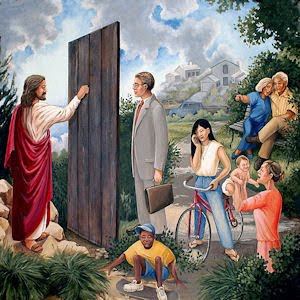
"Because thou sayest, I am rich, and increased with goods, and have need of nothing; and knowest not that thou art wretched, and miserable, and poor, and blind, and naked: I counsel thee to buy of me gold tried in the fire, that thou mayest be rich; and white raiment, that thou mayest be clothed, and that the shame of thy nakedness do not appear; and anoint thine eyes with eyesalve, that thou mayest see." (KJV).
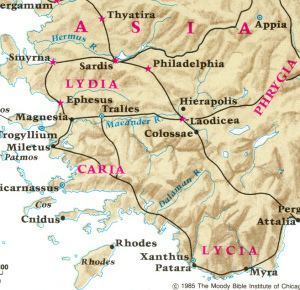
The words attributed to the Laodiceans may mark an ironic over-confidence in regard to spiritual wealth; they are unable to recognize their bankruptcy. However the image may also be drawing on the perceived worldly wealth of the city. The city was a place of great finance and banking. In 60 A.D the city was hit by a major earthquake. The city refused help of the Roman empire and rebuilt the city itself.
The reference to the "white raiment" may refer to the cloth trade of Laodicea. The city was known for its black wool that was produced in the area. The reference to eye medication is again often thought to reflect the historical situation of Laodicea. According to Strabo (12.8.20) there was a medical school in the city, where a famous ophthalmologist practiced. The city also lies within the boundaries of ancient Phrygia, from where an ingredient of eye-lotions, the so-called "Phrygian powder", was supposed to have originated.
"Behold, I stand" (3:20)
"Behold, I stand at the door, and knock: if any man hear my voice, and open the door, I will come in to him, and will sup with him, and he with me."
This is among the most famous images of the Revelation, and is the subject of the famous painting The Light of the World by Holman Hunt. It bears similarities to a saying of Jesus in Mark 13:33–37, and Luke 12:35–38. The door in the painting has no handle, and can therefore be opened only from the inside.
Commentators variously view it as a metaphor of intimate fellowship, and/or a reference to the eschatological parousia of Christ. The theme of divine invitations to eat are found both in the New Testament (e.g., the Parable of the Wedding Feast) and in Graeco-Roman religion. Various papyri, such as "POxy 3693", include invitations to attend a dinner with gods such as Sarapis, but these are issued by specified individuals to feasts at a temple of a god and do not suggest the visitation of the home by the divinity.
Later Christian Laodicea
There was a Council in Laodicea, A.D. c.363-64, although the date is disputed. The Council of Chalcedon in 451 approved the canon of this council, making these canon ecumenical. The city remains a titular see of the Roman Catholic Church, Laodicensis in Phrygia.
